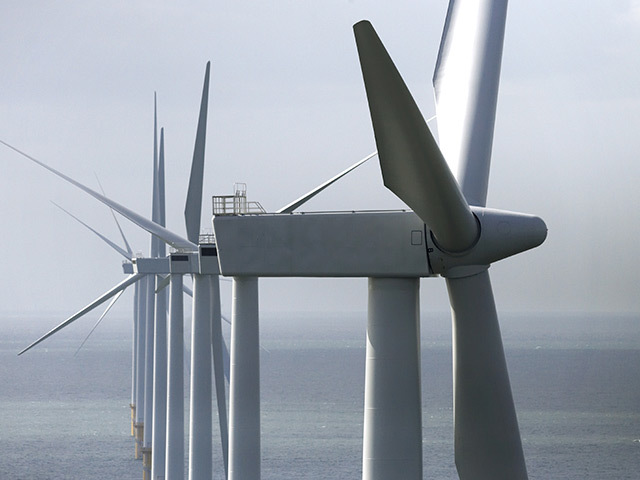
New research on the effect of offshore wind turbines on whales and dolphins could lead to a boost for the industry.
Experts at Edinburgh-based Xi Engineering Consultants have modelled the effects of vibrations from windfarms and tidal power sources on marine mammals.
They say the predictive technology will enable developers to plan turbines on paths where the creatures will not be disturbed by vibrations.
Species with hearing specialised to low frequency, such as minke whales, are most likely to be affected by windfarm noise. But harbour seals, grey seals and bottlenose dolphins are not considered to be at risk of disturbance.
The vibrations can also help marine mammals detect turbines and avoid colliding with them, the scientists found.
Xi’s managing director, Mark-Paul Buckingham, said: “The predictive modelling technology we have developed provides the most robust science available to assess the impact that vibration from marine renewable devices will have on mammals and fish species.
“We can now model how and when different species will react to the presence of a device. It means early indications of any areas of concern regarding specific species can be identified.
“But, of more importance to renewables developers, it means we can demonstrate the limited effect that devices can have on the marine and tidal environment or make recommendations to alter the design brief to resolve issues.
“It will provide regulatory bodies representing the marine and tidal environment and marine scientists with key information about the impact of renewable projects on sealife.
“That in turn will provide the key assessment information that is needed to move to speedier consent determinations.”
Xi Engineering Consultants specialises in tackling problems cased by noise and vibrations in a range of sectors.
It will provide the regulatory bodies with key information
Recommended for you
